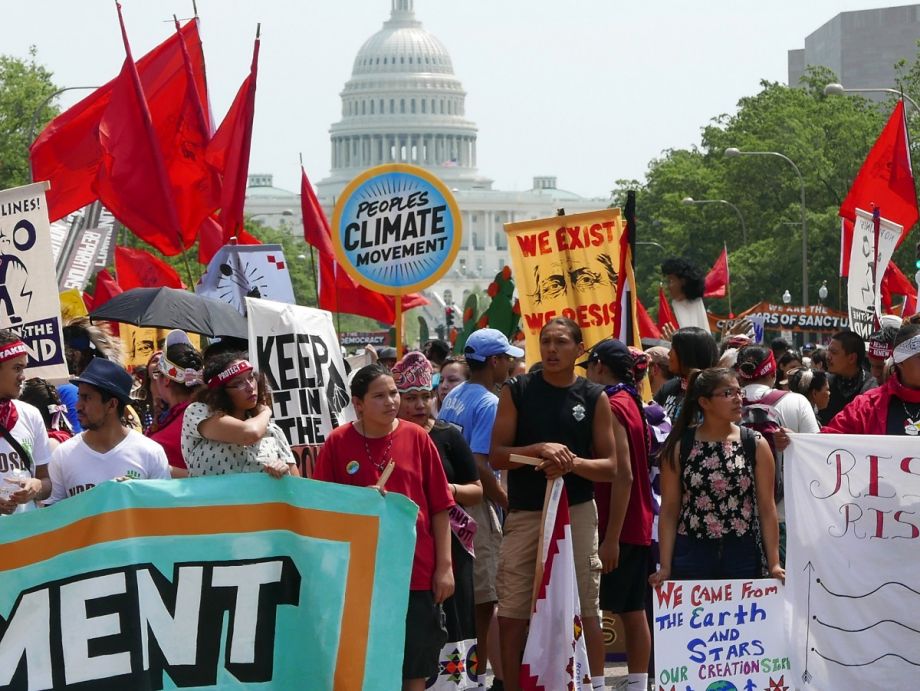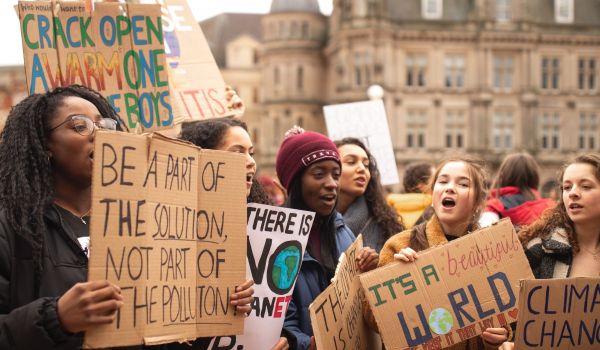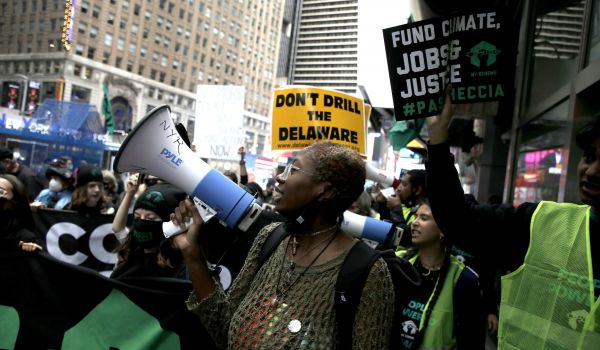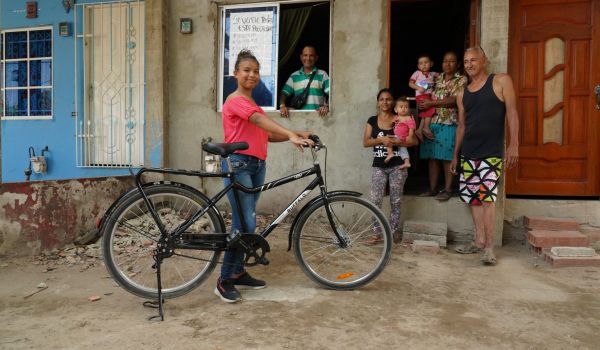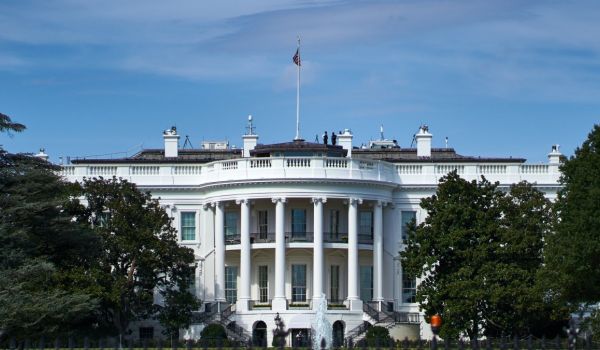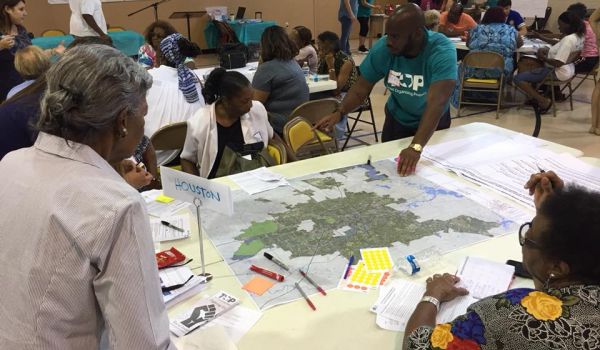EDITOR’S NOTE: The following is an excerpt from the book “Revolutionary Power: An Activist’s Guide to the Energy Transition,” by Shalanda H. Baker, published by Island Press. In it, Baker offers a playbook that empowers people of color, Indigenous peoples, and those experiencing poverty to intervene and engage in creating a more just energy system.
It is revolutionary today to speak of love. It is even more revolutionary for a lawyer and law professor to do so. But revolutionary power is, at its core, about love. It is about a love that looks forward — toward future generations, children unnamed and possibilities unfurling — and a love that looks back — to ancestors hoping, believing and praying that you might come into existence.
Revolutionary power is also about love for today. It is about choosing to now, rather than waiting for climate change to force us to change. Revolutionary power makes the radical proposition that low-income communities and communities of color should own, control and derive economic benefit from their own energy resources. It asserts that the legacy of structural racism and oppression can be dis- mantled through energy policy.
Revolutionary power requires courage. It requires pushing against the narrative that we must save the planet first before saving the most vulnerable residents on it. We can and must do both, even when it is slow and even when it is frustrating. Revolutionary power is centering voices that are at the margins of every important conversation concerning energy. It is dismantling power, piece by piece, and erecting an energy system that works for us all.
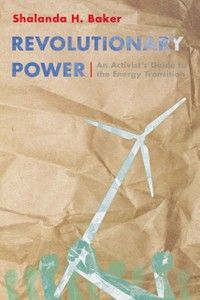
This book argues that energy policy should be the domain where we fight for the next generation of civil rights. For too long, the design of the energy system has structurally excluded marginalized communities from the policy-making process; imposed unconscionable health and environmental burdens on Black, Brown, Indigenous and poor White communities; and saddled the most economically strapped households with the highest energy costs. The system does not require these features, and we have entered a window of time when key aspects of the system are being redesigned. As we’ve seen, several policy areas — utility reform, greenhouse gas legislation and ambitious energy targets, rooftop solar; community energy and access to finance — are in a great state of flux, and now is the time to act. The policy areas discussed in this book offer pathways to redistribute the power embedded within the energy system to those who have long been burdened by it.
Utility Reform
The investor-owned utility (IOU) model does not advance energy democracy. Meaningful utility reform offers the promise of lower electricity bills, cleaner air and greater overall system reliability. Communities and advocates must fight to ensure that the investor-owned utility model innovates and works for them or fight for and advance different business models of electricity generation and distribution. Today, electric cooperatives, public power providers, distributed system operators and community choice aggregators offer alternatives to the ubiquitous IOU, but the future utility may look nothing like anything we have ever seen. The most important features to promote for that future utility are community participation in governance, a commitment to eliminating environmental burdens in marginalized communities through investments in community-scale and customer-sited clean energy, and a deep commitment to reducing energy burden.
Ambitious Energy and Climate Targets
If we are to solve the climate problem, we have to solve our inequality problem along with it. For decades, climate and environmental advocates have argued for the reverse. This book has shined a light on the ways that climate and renewable energy policies can replicate inequality by failing to center equity. These policies offer the chance to eradicate inequality in our new energy system, but doing so requires extraordinary vigilance and new alliances. Revolutionary power requires frontline advocates and traditional environmental organizations to partner on platforms that insist on justice as a cornerstone of legislative and policy frameworks. This deep partnership is perhaps our greatest chance to recalibrate the power dimensions of climate and energy advocacy.
Rooftop Solar
We have to fight for distributed energy. Conservative interests backed by the fossil fuel industry are fighting mightily to limit and scale back rooftop solar programs just as the cost of solar has made the technology accessible to communities beyond the affluent and middle class. The instability that climate change promises — even if we drastically reduce emissions today — requires a deep commitment to distributed energy resources, including the prioritization of rooftop solar and battery storage in our most vulnerable communities. Going forward, energy policy must privilege frontline communities in accessing rooftop solar and ensure that the programs offer meaningful economic benefits.
Community Energy
Our energy transition has left many behind. Renters, low-income people and those with inadequate rooftops have not been able to participate in rooftop solar programs. Community energy will not solve all our energy problems, but it will give communities the opportunity to come together to create renewable energy projects that reduce harmful emissions and generate community wealth. Community energy comes in many names, sizes and flavors, but the devil is in the details. The key to revolutionary power is ensuring community ownership and control, tracking economic benefits and making sure the project scale and location align with community values.
Access to Finance
Our most economically distressed neighbors pay too much to keep their households afloat, and they have been willfully ignored as others move into the clean energy future. This practice, too, needs to end. Revolutionary power requires a reimagining of the energy burdens borne by marginalized communities. It requires a reshaping of energy rates to reflect historical burdens and offer families a chance to get above water when paying energy bills. Financial institutions creating pathways for local clean energy must simultaneously create pathways for low- to moderate-income participation in clean energy loans. To facilitate this participation, they must move away from traditional measures of credit worthiness, like the credit score, toward innovations such as on-bill financing and bill payment history to make sure that those most bur- dened by the fossil fuel–based energy system can finally benefit in the clean energy system.
In this book, a series of stories woven throughout with dreams, I have revisited the places that have moved me: Port Arthur, Texas; Oaxaca, Mexico; Hawai‘i; and Puerto Rico. I have asked permission of my family to tell their stories and tried to write with authenticity the voices of those whose struggles taught me about energy and power. You are a product of your own stories, the places you have been and your own ancestors’ wildest dreams for your life. Take the tools I have outlined in this book. Arm yourself with them. Make them your own. Use them to create your own revolution. We are rooting for you.
Adapted from “Revolutionary Power: An Activist’s Guide to the Energy Transition,” by Shalanda H. Baker. Copyright © 2021 Shalanda H. Baker. Reproduced by permission of Island Press, Washington, D.C.

Shalanda Baker is a professor at the Northeastern School of Law. Before joining Northeastern's faculty, Professor Baker spent three years as an associate professor of law at the William S. Richardson School of Law, University of Hawai’i, where she was the founding director of the Energy Justice Program. Prior to that, she served on the faculty at University of San Francisco School of Law. In 2016, she won a Fulbright award and spent a year in Mexico exploring energy reform, climate change and indigenous rights.

